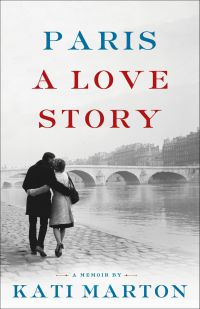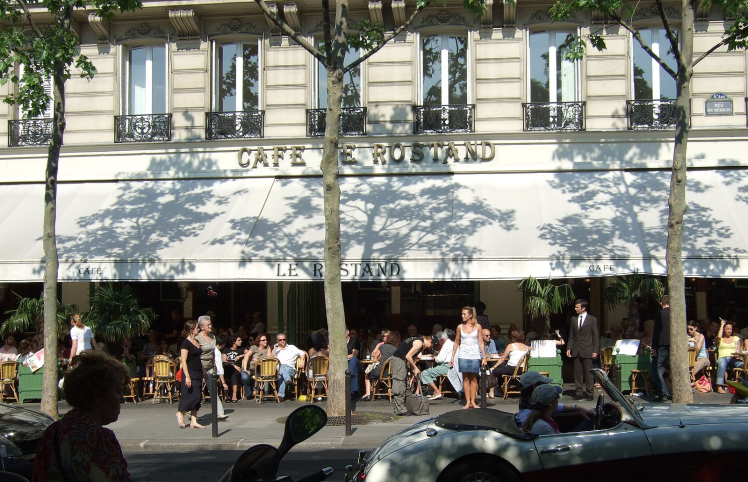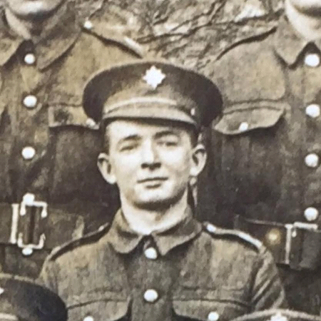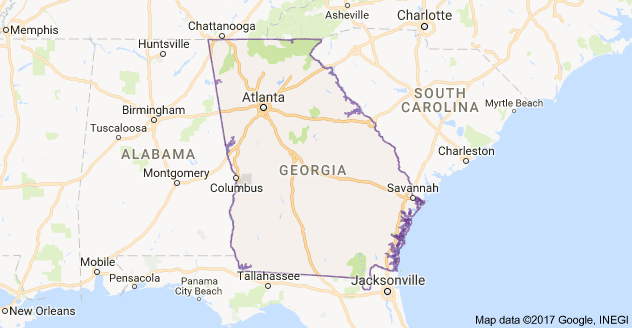 I picked up Paris: A Love Story to read an ode to my favorite city from another Paris lover, but that’s not exactly what it offers (cover design notwithstanding).
I picked up Paris: A Love Story to read an ode to my favorite city from another Paris lover, but that’s not exactly what it offers (cover design notwithstanding).
Instead, Paris: A Love Story is a memoir of Kati Marton’s life, with many of its 200 pages devoted to her two husbands, journalist Peter Jennings and diplomat Richard Holbrooke.
She is, however, a frequent visitor to Paris: There, she takes university courses, meets up with her loves, has an abortion, visits her sister, and comes to grieve after Holbrooke’s death. Paris becomes part of her life story, and the constancy of her love for the city only serves to underscore the personal changes she experiences between each visit:
“Paris never looks more magical than at Christmas, when the shops dazzle with tiny white lights, and the food markets show off their delicately arranged, rosy filets of beef, pearly fish in heaps, and, of course, the dizzying array of cheese, fruits, and pastries,” she writes, just after leaving Jennings and fleeing to holiday in Paris with her sister. “I am feigning a festive spirit I do not feel. I feel lost.”
Many cities figure in Marton’s memoir, the story of a globetrotting life as a foreign correspondent married to men who were also very mobile. Among the others is Budapest, which ultimately seems to become a symbol for healing. It’s the city where she was born and suffered the jailing of her parents and their forced flight from communism, and it’s the city she later returns to to cover in a thoughtful and moving way as a journalist, and to marry Holbrooke. New York and London, other cities she lives in, do not seem to claim as much psychological space as the first two.
As for Paris, “every story with Paris at its heart is a love story,” Marton insists. This rings true for me as a Parisophile, although I hasten to remind myself that every human story is a story of love, no matter where in takes place. And, in truth, Marton’s story is about more than love and romance.
The city becomes a mirror for the themes of her life, beginning with her student days. Filled with ambition and independence, she looks around Paris and sees an air of anticipation:
“I would open my windows the minute I awoke and inhale the blend of diesel from the traffic and coffee from the cafe Le Rostand below. ‘Paris s’eveille’ (Paris Awakes) was the hit song in those days, and it always seemed to be playing on some distant radio.”
 Credit: Martin Greslou
Credit: Martin Greslou
Romance comes later, and Marton contrasts the Paris of her courtships with the Paris that she inhabited solo:
“Paris was where we lived the most romantic and melodramatic part of our love story. This was not the Paris of my Left Bank student days. Our Paris was the opulent Right Bank, the Champs-Elysées and the rue du Faubourg St-Honore, with the Tuileries replacing the Luxembourg Gardens as our park.”
 Champs Elysées by Josh Hallett / Flickr / CC BY-SA 2.0
Champs Elysées by Josh Hallett / Flickr / CC BY-SA 2.0
Finally, when Marton returns to Paris as a widow, the city takes on a more nostalgic and somber air that’s fitting after her loss:
“The days seem longer here, even in winter. At six in the evening, I sit in a cafe and write. Cafes are the finest places for people alone not to feel lonely. In Paris you smile only when you have something to smile about. Sorrow and pain are deemed part of life.”

Yet no other city in the world, presumably, could provide Marton the hint of comfort that Paris does—a testament to the power of places to hold sway in our hearts, for who knows what reason.
Advertisements Share this:




